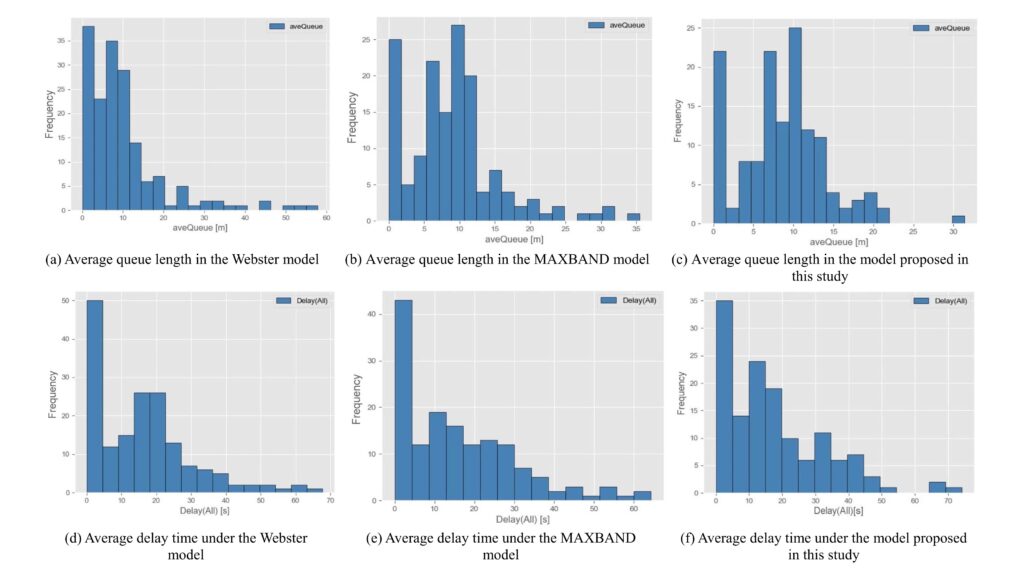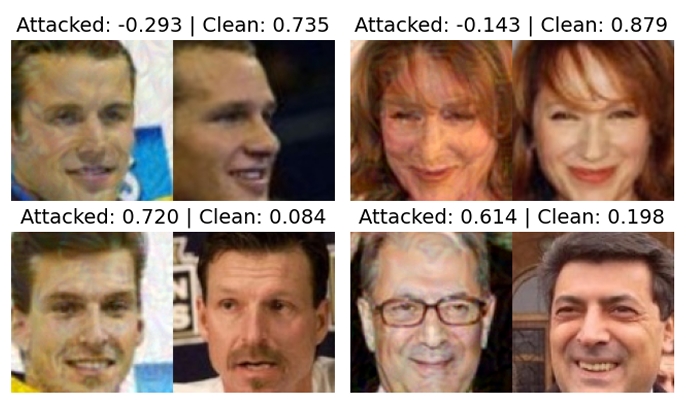
Featured in:
2022 IEEE Transactions on Intelligent Transportation Systems
Authors:
Haifeng Lin, Yehong Han, Weiwei Cai and Bo Jin
Urban traffic congestion is often concentrated at urban intersections. An urban road traffic signal control system is needed to prevent problems such as driving delays caused by frequent traffic congestions on trunk lines, exhaust emissions owing to frequent start and stop of vehicles, and fuel wastage due to long idling times. Maximizing the traffic capacity of an intersection and reducing the delay rate of vehicles has always been a problem for traffic control research. The coordinated control of urban traffic signals is regarded as a multi-objective optimization problem. A mathematical model for urban trunk traffic is studied herein. An average delay model, average queue length model, total delay calculation model for vehicles at intersections, and vehicle exhaust emission model are established to obtain an optimization model for a new traffic trunk coordinated control system. In addition, our study combines the fuzzy control theory with the adaptive sequencing mutation multi-objective differential evolution algorithm (FASM-MDEA). This new optimization method for traffic signal control at urban intersections is proposed as a solution for the traffic flow optimization model to solve the problem of traffic signal coordination and control of urban trunk lines. The simulation results demonstrate the effectiveness of the model optimization algorithm proposed in this study.


© 2024 VISTeam | Made by Black Monster Media

Institute of Systems and Robotics Department of Electrical and Computers Engineering University of Coimbra